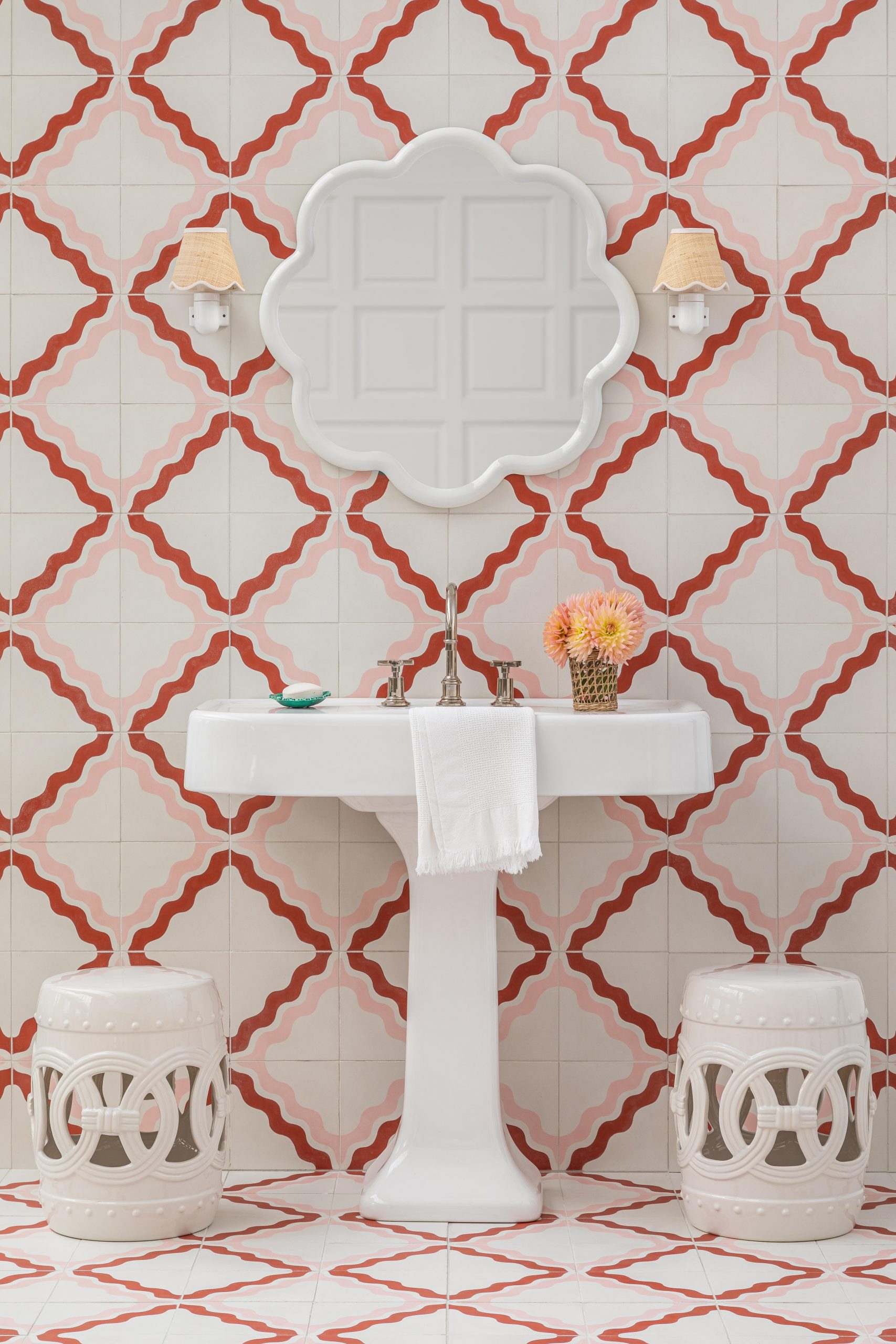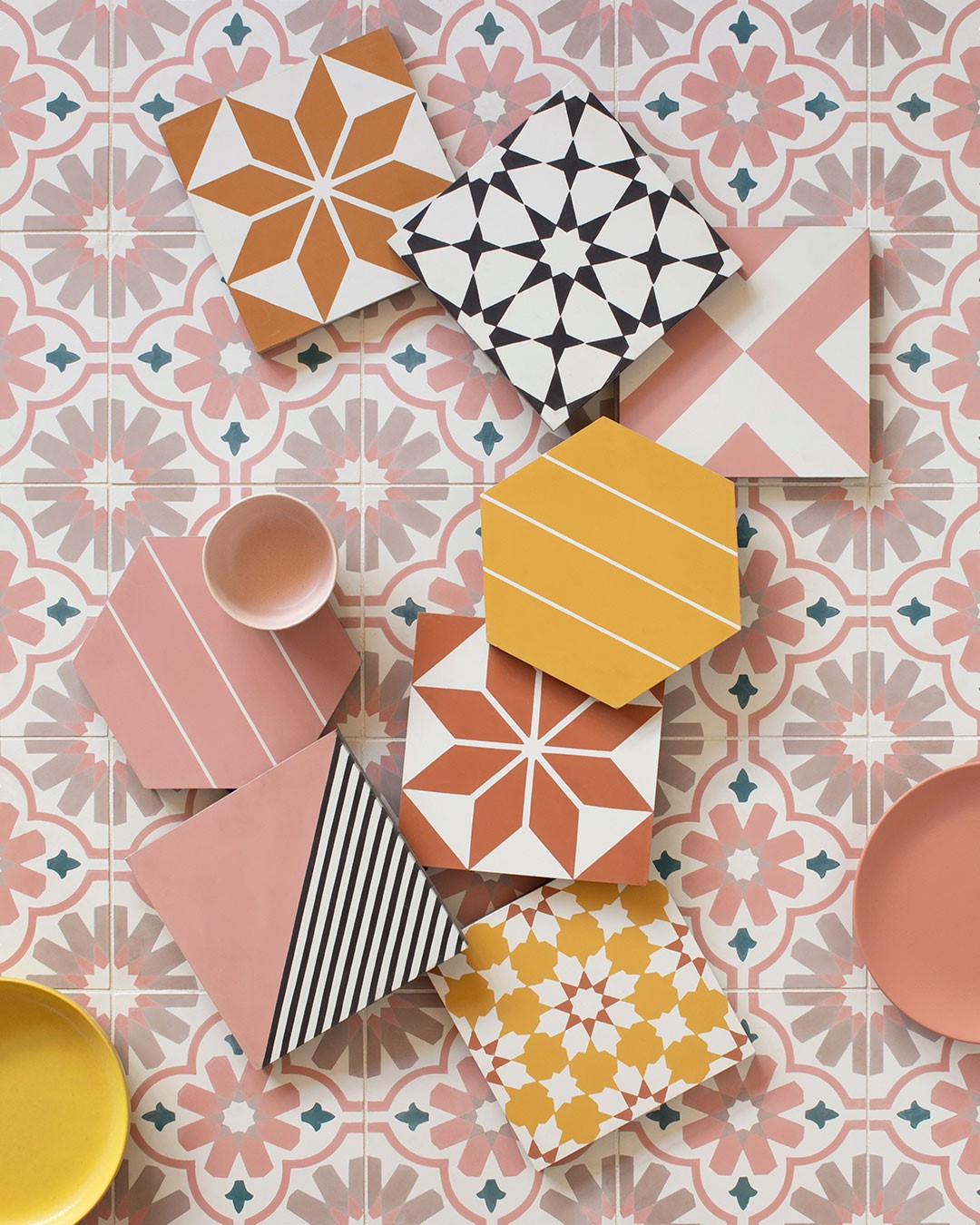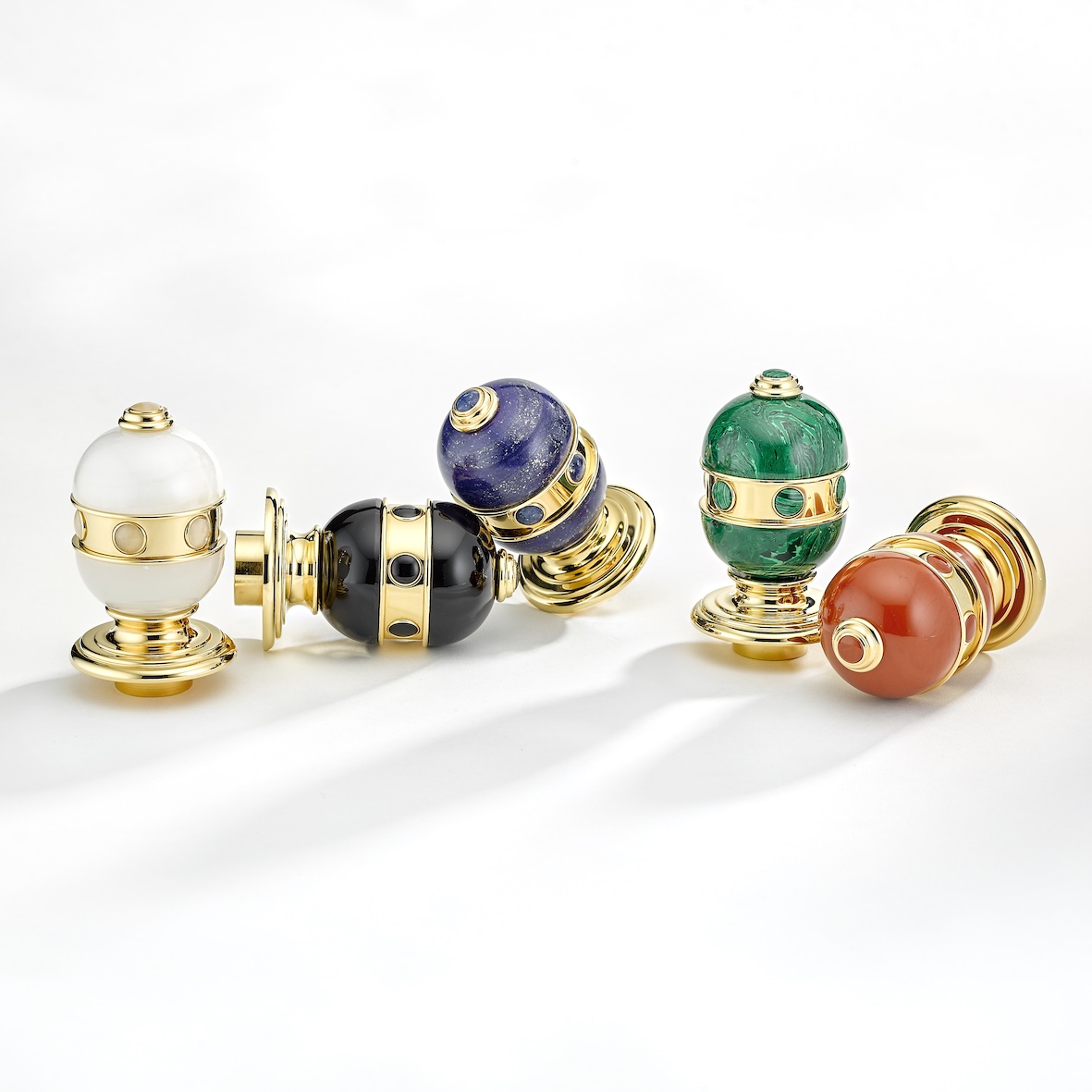Bringing the colours back into bathrooms
Bathrooms are being warmed up with a deluge of pattern and colour, finds our Executive and Interiors editor, Giles Kime.


For some, A Very British Scandal, the BBC’s drama on the court case that overshadowed the life of Margaret, Duchess of Argyll brought to mind the infamous bathroom at her home in Mayfair (stop sniggering at the back).
It had been designed 30 years before by Syrie Maugham, the best known interior decorator of her generation, who had a passion for colour, as long as it was white, and is also remembered for her ill-fated marriage to W. Somerset Maugham. The room—all floor-to-ceiling mirror and discreet detail—offers a glimpse of the marvels of the Art Deco bathroom.
Few others still exist, but photographs—many of them in the Country Life archive—demonstrate the capacity of architects such as Oliver Hill to transform the functional into something breathtakingly beautiful.

What Art Deco bathrooms also did was to encourage an aesthetic chilliness in bathroom design that persisted—except for a brief flurry of jolliness in the 1980s— until now.
However, all that is changing; a renewed interest in 1980s design is demonstrating that bathrooms don’t have to look like a science laboratory. Back then, many designers took the lead of Nancy Lancaster, who furnished bathrooms in the way she decorated any other room, with wallpaper, furniture and pictures.
The move away from the reductivism that has dominated bathroom design is also manifesting itself in other ways, in particular a greater emphasis on pattern and colour. A great example is a new collection by the interior designer Samantha Todhunter for Bert & May, who was inspired by the scalloped ric-rac trim used as a decorative device on clothing. Bold and simple, it also offers huge versatility.
Another brand to enter the fray is Claybrook, co-founded by the former Fired Earth creative dynamo Rob Whitaker. It recently introduced encaustic cement tiles that offer an opportunity to inject life-enhancing pattern into both lifeless bathrooms and kitchens.
Sign up for the Country Life Newsletter
Exquisite houses, the beauty of Nature, and how to get the most from your life, straight to your inbox.
The process of making encaustic cement tiles was first developed in Catalonia in the 19th century and was exhibited at the Exposition Universelle in 1867. It creates hues with a vibrant, eye-catching feel.

The other way to add colour to a bathroom is through elements such as taps. THG the French producer has a collection of exquisite designs created by Jean-Claude Delépine, made in a range of luxurious materials in jewel-like colours.
Another, of course, is paint, although there is something about the striking contrast between crisp white and zingy tiles and accessories that lifts the spirits, especially first thing in the morning.
Syrie Maugham would approve.
-
 Some of the finest landscapes in the North of England with a 12-bedroom home attached
Some of the finest landscapes in the North of England with a 12-bedroom home attachedUpper House in Derbyshire shows why the Kinder landscape was worth fighting for.
By James Fisher
-
 The Great Gatsby, pugs and the Mitford sisters: Country Life Quiz of the Day, April 16, 2025
The Great Gatsby, pugs and the Mitford sisters: Country Life Quiz of the Day, April 16, 2025Wednesday's quiz tests your knowledge on literature, National Parks and weird body parts.
By Rosie Paterson